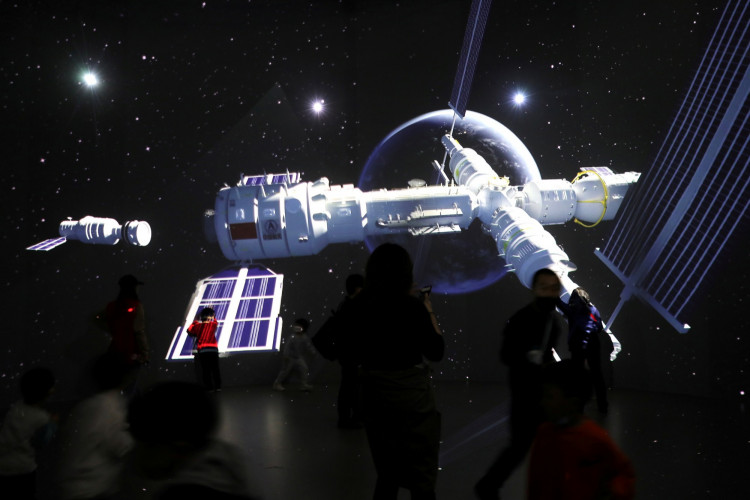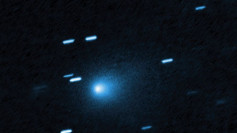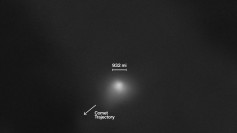Tianhe, the core module of China's new space station, was launched into orbit April 28, kicking off an 18-month construction period in low Earth orbit. The space base, which is scheduled to be completed in late 2022, is intended to serve as a scientific research outpost for China over the next decade.
The 59-foot-long (18-meter) module is the first part of the space station to be launched. Later, two slightly smaller components will join it in low Earth orbit, creating a T-shaped space station that China hopes to complete by the end of 2022.
Since 2011, China has been prohibited from participating in missions to the International Space Station, after the U.S. Congress passed laws that prohibit American contact with the Chinese space program, citing "national security" concerns.
China launched its own space station, Tiangong-1, in September that same year, and it operated for a little more than four years before being decommissioned. China's space program admitted it lost control of the station in early 2016, and it crashed two years later, landing in the Pacific Ocean.
Tiangong-2, a follow-up station, was launched in 2016 and intentionally deorbited in 2019.
When complete, China's space station will be a quarter the size of the International Space Station
and will have three modules that will support three taikonauts (Chinese astronauts) for stays of up to six months.
However, China intends to pack a lot of research into this smaller space. According to Scientific American, the station will have 14 internal experiment racks and more than 50 external docking points for instruments designed to collect data in space.
The station will orbit about 230 miles above the Earth, around 20 miles lower than the International Space Station, with the ability to move up and down in orbit as required.
If all goes as planned, the Chinese space station will be the 12th object humans have called home in orbit after Russia's Salyut 1 in 1971. It will also be the only operational space habitat other than the International Space Station.






